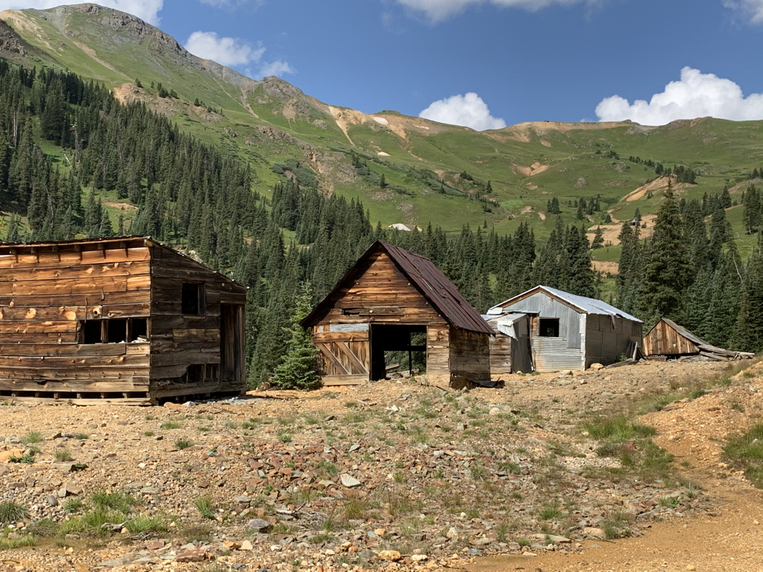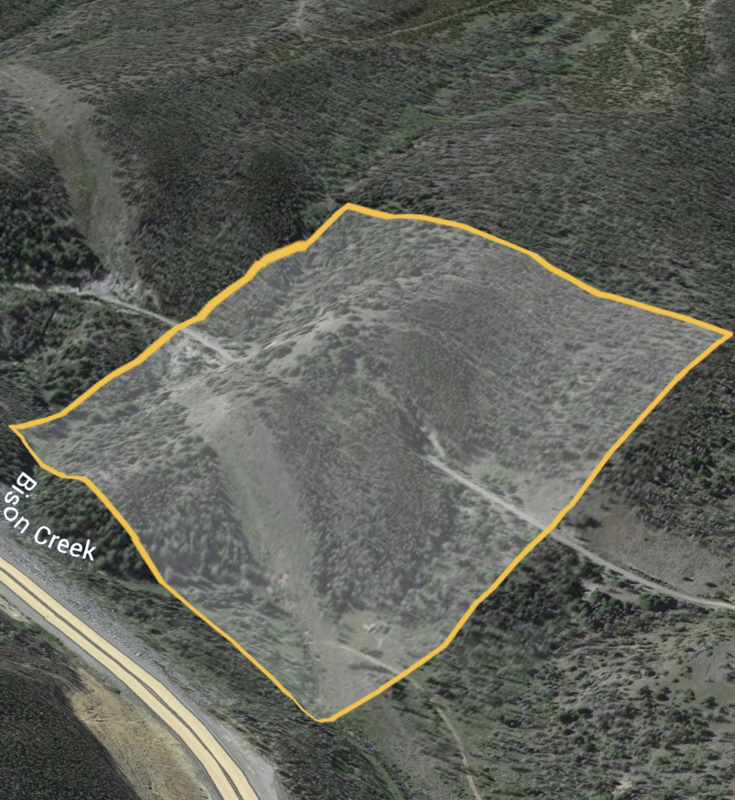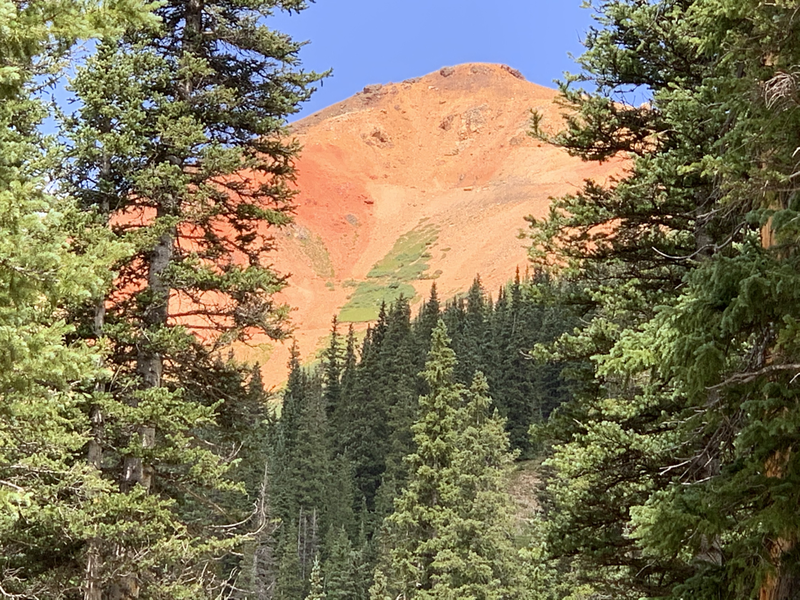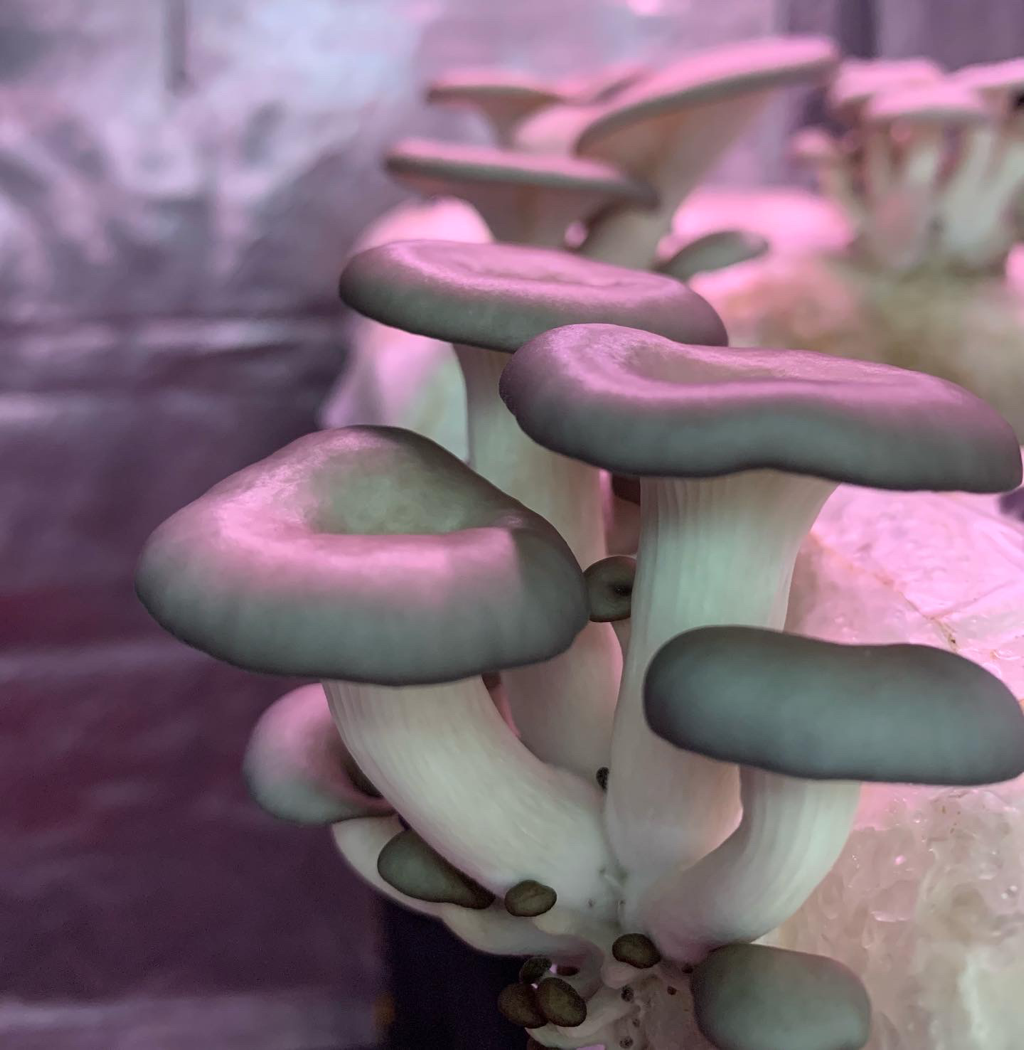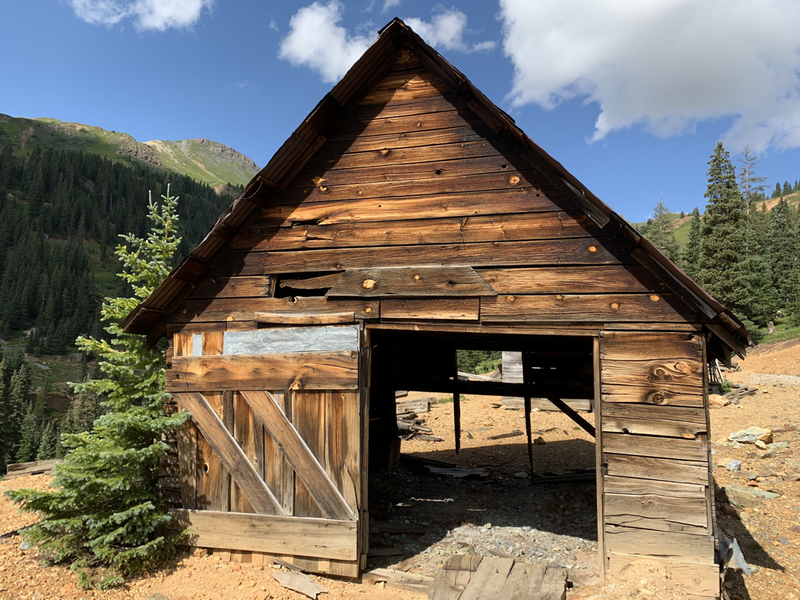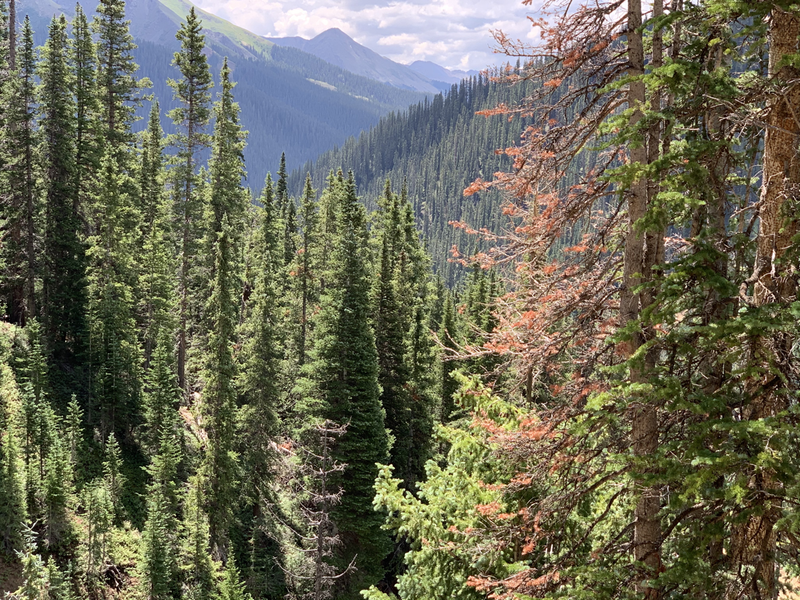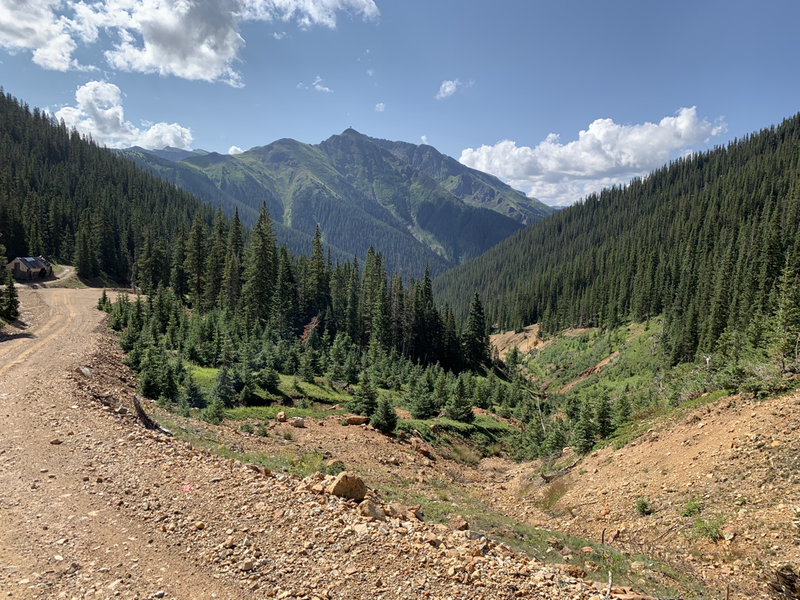The Red Mountain Standard
(Lode)
(10.33 acres)
San Juan County, Colorado
$33,000
SALE PENDING
(Lode)
(10.33 acres)
San Juan County, Colorado
$33,000
SALE PENDING
•Primary Commodities: Gold and Silver
•Secondary Commodities: Copper, Zinc•
•Claim designation: un-patented Lode
• Size: 10.33 acres
•Location: San Juan County, Colorado
•Secondary Commodities: Copper, Zinc•
•Claim designation: un-patented Lode
• Size: 10.33 acres
•Location: San Juan County, Colorado
The Red Mountain Standard is a documented mineral property in the historic Red Mountain mining district of San Juan County, Colorado.
Featuring a hard-rock mine with underground drift workings estimated at over three miles, a ghost town with standing structures from the 1950s, and a highly secluded location unlike any other.
Primary workings consist of a small adit-style mine entrance, feeding into a massive underground complex of drifts and raises on multiple levels.
A larger and older collapsed tunnel appears to have been developed above the gated entrance at an earlier date.
Entrance to the underground workings will require overburden removal and a modern mine gate.
Primary vein outcropping is comprised of mid-to-high grade ores featuring: Auriferous pyritic gold ore, Silver bearing galena ore, copper-bearing malachite, and abundant tertiary minerals including zinc and rare earth elements.
Estimated mineral values : 0.89-to-3.45 OPT Au/ 6.7-to-43.00 OPT Ag, with trace base minerals.
A secondary ore reserve commodity is available in the mine spill , estimated at a quantity of well over 300,000 yards.
Mine consists of low-to-mid grade ore and local host rock.
A large mining settlement is located near the primary portal, including two miners' bunkhouses, a blacksmith shop, and a horse barn.
Structures are estimated to have been constructed after the Second World War.
This highly secluded location features stunning views of the Red Mountain district and features available water in a nearby spring-fed creek.
District History:
In the beginning, only low-grade discoveries were made in the first few years of mining activity. In fact, the entire Red Mountain district is composed of low-grade ore in abundance. However, valuable columns of silver ore called “pipes” were discovered in vertical chimney deposits thirty to one hundred feet in width. The deposits carried as much as 1,000 ounces of silver per ton, with Gold, Copper, and Zinc values.
After John Robinson discovered the fabulously rich Yankee Girl Mine in 1882, the rush was on to Colorado’s newest mining district.
The Yankee Girl mine located on the north side of Red Mountain #3 reported ore so rich, that it shipped directly to the smelters, bypassing the preliminary processing.
Ore from the mine was valued at over $10,000 per ton at the time, today the worth would exceed $100 million per ton.
Newspapers spread the word on the east coast of the valuable ore coming out of the district, piquing the interest of numerous investors.
By 1883, nearly 40 mines were sending silver ore to smelters.
After the Silver Panic of 1893, the district dramatically declined. The Silverton Railroad cut back service, shortened the line, and then was abandoned in 1921.
Mining revived during the first and second world wars.
It is estimated that upwards of 30 million dollars in silver, lead, zinc, copper, and gold were taken from the Red Mountain Mining District in a few short decades. At today’s prices that production would be well over a quarter of a billion dollars today.
_____________
A large parking and staging area is available near the building site, suitable for multiple vehicles or a camper.
Access is via a well-maintained dirt road, suitable for any higher clearance vehicle.
This one-of-a-kind mineral property is available to the beginning enthusiasts, up to an established mining company.
Featuring a hard-rock mine with underground drift workings estimated at over three miles, a ghost town with standing structures from the 1950s, and a highly secluded location unlike any other.
Primary workings consist of a small adit-style mine entrance, feeding into a massive underground complex of drifts and raises on multiple levels.
A larger and older collapsed tunnel appears to have been developed above the gated entrance at an earlier date.
Entrance to the underground workings will require overburden removal and a modern mine gate.
Primary vein outcropping is comprised of mid-to-high grade ores featuring: Auriferous pyritic gold ore, Silver bearing galena ore, copper-bearing malachite, and abundant tertiary minerals including zinc and rare earth elements.
Estimated mineral values : 0.89-to-3.45 OPT Au/ 6.7-to-43.00 OPT Ag, with trace base minerals.
A secondary ore reserve commodity is available in the mine spill , estimated at a quantity of well over 300,000 yards.
Mine consists of low-to-mid grade ore and local host rock.
A large mining settlement is located near the primary portal, including two miners' bunkhouses, a blacksmith shop, and a horse barn.
Structures are estimated to have been constructed after the Second World War.
This highly secluded location features stunning views of the Red Mountain district and features available water in a nearby spring-fed creek.
District History:
In the beginning, only low-grade discoveries were made in the first few years of mining activity. In fact, the entire Red Mountain district is composed of low-grade ore in abundance. However, valuable columns of silver ore called “pipes” were discovered in vertical chimney deposits thirty to one hundred feet in width. The deposits carried as much as 1,000 ounces of silver per ton, with Gold, Copper, and Zinc values.
After John Robinson discovered the fabulously rich Yankee Girl Mine in 1882, the rush was on to Colorado’s newest mining district.
The Yankee Girl mine located on the north side of Red Mountain #3 reported ore so rich, that it shipped directly to the smelters, bypassing the preliminary processing.
Ore from the mine was valued at over $10,000 per ton at the time, today the worth would exceed $100 million per ton.
Newspapers spread the word on the east coast of the valuable ore coming out of the district, piquing the interest of numerous investors.
By 1883, nearly 40 mines were sending silver ore to smelters.
After the Silver Panic of 1893, the district dramatically declined. The Silverton Railroad cut back service, shortened the line, and then was abandoned in 1921.
Mining revived during the first and second world wars.
It is estimated that upwards of 30 million dollars in silver, lead, zinc, copper, and gold were taken from the Red Mountain Mining District in a few short decades. At today’s prices that production would be well over a quarter of a billion dollars today.
_____________
A large parking and staging area is available near the building site, suitable for multiple vehicles or a camper.
Access is via a well-maintained dirt road, suitable for any higher clearance vehicle.
This one-of-a-kind mineral property is available to the beginning enthusiasts, up to an established mining company.
